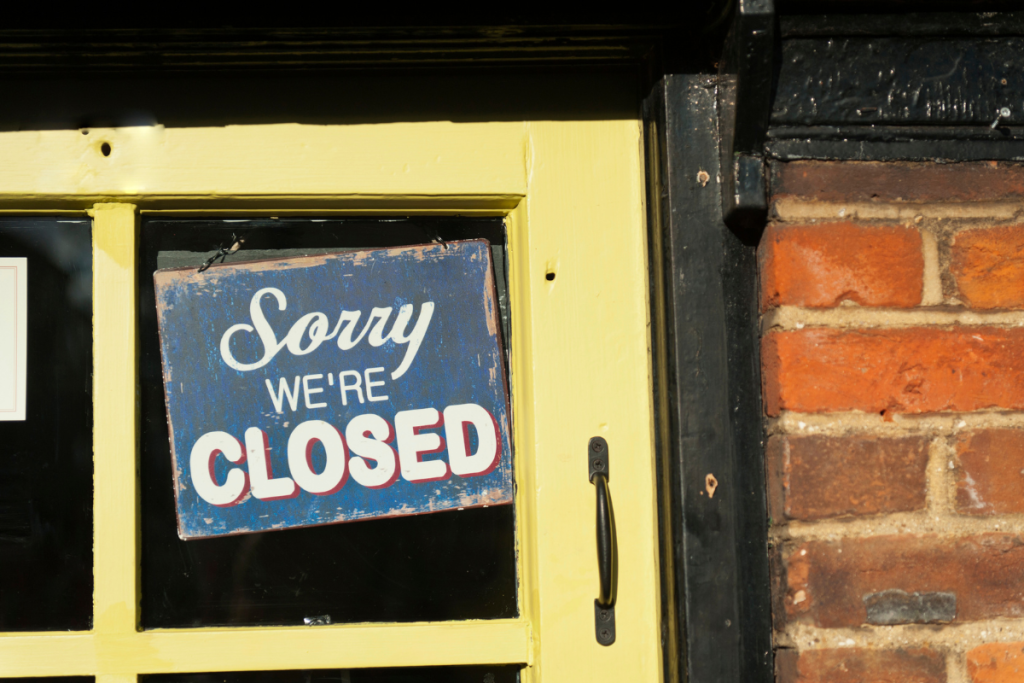Earlier this year, entrepreneur Iain Sanderson unveiled the Lightning Car at the British International Motor Show. The 48-year-old Sanderson is a marketer, not a motorhead. He made his bucks through marketing agency Dynamo, which he set up in 1990 and sold a decade later for £20m. Rather than opting for retirement, Sanderson set up London-based Contact Group, which has six different marketing agencies under its wing and pulls in sales of £12m.
So what on earth made this millionaire marketing guru develop a battery-powered sports car?
Two years ago, Sanderson bumped into his old friend Arthur Wolstenholme, long-time maker of the Ronart series of upmarket Jaguar-powered specials. He’d also made six 4.6-litre Ford V8-engine “Lightning” supercars, which had appeared at the 1999 Earl’s Court Motor Show.
“I asked Arthur what had happened to the Lightning cars and he said one of the investors had pulled out of the project and taken the brand with him. I said, ‘We’ve got to get it back’. So I tracked down the investor and bought back the brand for less than the cost of a new Jaguar.”
The pair decided to re-start production of the car with all its flashy parts but minus the stonking petrol-powered engine and transmission.
Sanderson ploughed £1m of his own cash into the project and, along with a £200k grant from the East Anglian Development Agency, it’s been enough to design and manufacture a prototype electric car.
But to speed the Lightning into full production, Sanderson is going to need to find partners with deep pockets.
“We’ll need £15m,” he admits. “Initially, we’ll be approaching private individuals but then we’ll be looking at traditional routes of funding: venture capital or, at the extreme, a float.” If he can find investors to stump up the cash, he expects to make 250 cars in 2010 and a further 500 in 2011. Even though each car costs £120k “to match the Aston Martin DB9”, Sanderson doesn’t expect to turn a profit for the next three years.
Sanderson certainly doesn’t lack ambition but if this car is going to go places, he’ll need to find some seriously wealthy individuals to come along for the ride.
Related articlesCar sales are plummetingWhat next for the financially hard-up motorist?Green motoring – lack of legislation is illogical














































































































































